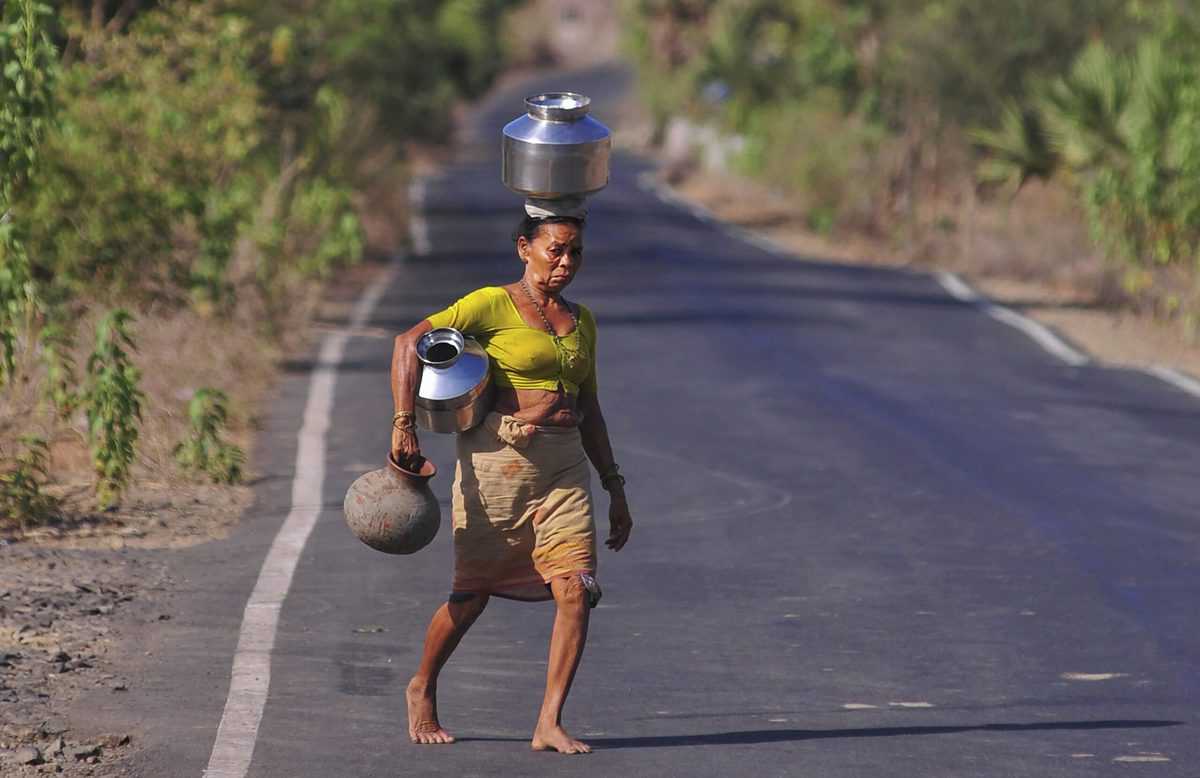
India is staring at an impending water crisis ahead of summer as the country’s main reservoirs have hit their lowest March levels in five years, government data showed, indicating a possible squeeze on drinking water and power availability this summer, Reuters reported.
In significant urban hubs like Bengaluru, which is the country’s IT hub and houses major corporations including Google, water distribution is already being restricted.
According to government data, the 150 reservoirs monitored by the central government, pivotal for drinking water, irrigation, and hydro-electricity supply, were only at 40 percent of their capacity last week.
In Karnataka, the main reservoir dwindled to a mere 16 percent capacity.
Water reserves for March are at their lowest since 2019 when reservoir levels plummeted to 35 percent, resulting in water shortages in cities like Chennai.
The looming crisis could exacerbate the challenges faced by central and southern cities, known for experiencing severe heatwaves in April and May. Water levels typically replenish around June with pre-monsoon and monsoon rains.
In other key states such as Maharashtra, Andhra Pradesh, and agricultural states like Uttar Pradesh and Punjab, reservoir levels are below their 10-year averages.
Sandeep Anirudhan, convener of the Coalition for Water Security, warned of potential water conflicts in the future if immediate actions are not taken.
The declining water levels follow a subdued monsoon season last year, characterized by the lightest rainfall since 2018. The El Nino weather pattern led to August being the driest month in over a century. Furthermore, the monsoon distribution was uneven, with some regions receiving more rainfall than others.
A senior official in the power ministry stated that while the ministry is closely monitoring reservoir levels, there are currently no indications of a situation that could necessitate plant shutdowns.
“If the situation worsens due to inadequate rainfall, priority will be given to drinking water supply over power generation,” the Reuters report quotes the official.
Despite repeated attempts, requests for comments from the water resources ministry and the water commission remained unanswered.
India’s hydro generation has witnessed a 17 percent decline over the past ten months of the current financial year, despite robust electricity demand.
Hydropower generation across Asia has registered its sharpest decline in decades, attributed to significant decreases in China and India.



